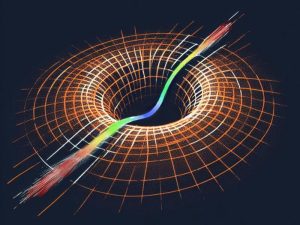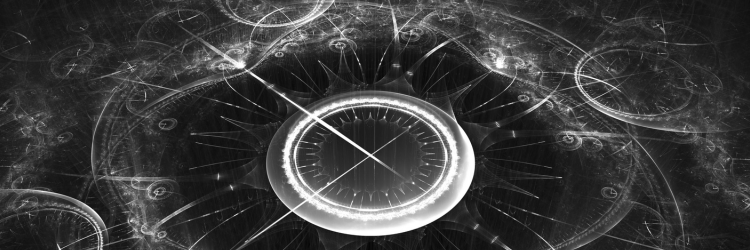Is There Hope for a Time Machine?
There are challenges in physics. For example, when light interacts with matter, light seems to slow down. When incident light (light that falls on a subject) is on an interface, the standard wave equation is satisfied on both sides. Solving such a problem requires first finding out what the wave looks like at either side of the interface and using electromagnetic boundary conditions to link the two sides together, dubbed a “piecewise continuous solution.” At the boundary, however, incident light has to experience an acceleration, and that’s the challenge.
Assistant Professor Matias Koivurova from the University of Eastern Finland attacked the problem with assistance from Associate Professor Marco Ornigotti from Tampere University.
To obtain solutions, they needed a constant reference speed – the vacuum speed of light. What followed was an investigation of the far-reaching consequences of the formalism.
So, back to the question. The researchers showed that in terms of accelerating waves, there is a well-defined ‘arrow of time’ since the accelerating wave equation only allows solutions where time flows forward but never backward. If the flow of time were to reverse, then entropy would start to decrease until the system reached its lowest entropy state, and entropy would be free to increase again. While entropy defines the direction of time for large systems, nothing fixes the direction of time for single particles. The fixed direction of time is a general property of nature.

Caption
An artistic depiction of a wave encountering an exponentially curved spacetime. Illustration: Matias Koivurova.
Credit
Matias Koivurova, University of Eastern Finland
This framework can be used to analytically model waves that are continuous everywhere, even across interfaces, with important implications for the conservation of energy and momentum.
“There is a controversy in physics that when light enters a medium, what happens to its momentum? Some say the momentum increases, and others say it decreases. There is experimental evidence supporting both sides. The research showed that from the point of view of the wave, nothing happens to its momentum–the momentum of the wave is conserved.
They found that they can ascribe a ‘proper time’ to the wave, entirely analogous to the proper time in the general theory of relativity. Given that the wave experiences time that is different from laboratory time, the researchers found that accelerating waves also experience time dilation and length contraction.
The new approach is equivalent to the standard formulation in most problems, but it has an important extension: time-varying materials. Inside time-varying media, light will experience sudden and uniform changes in the material properties. The waves inside such materials are not solutions to the standard wave equation. That is where the accelerating wave equation comes into the picture. It allows the researchers to analytically model situations that were only numerically accessible before, including an exotic hypothetical material called disordered photonic time crystal. Recent theoretical investigations have shown that a wave propagating inside the said material will slow down exponentially while also increasing exponentially in energy.
The implications range from everyday optical effects to laboratory tests of the general theory of relativity. The study titled Time-varying media, relativity, and the arrow of time was published on 19 October 2023 in the journal Optica.

